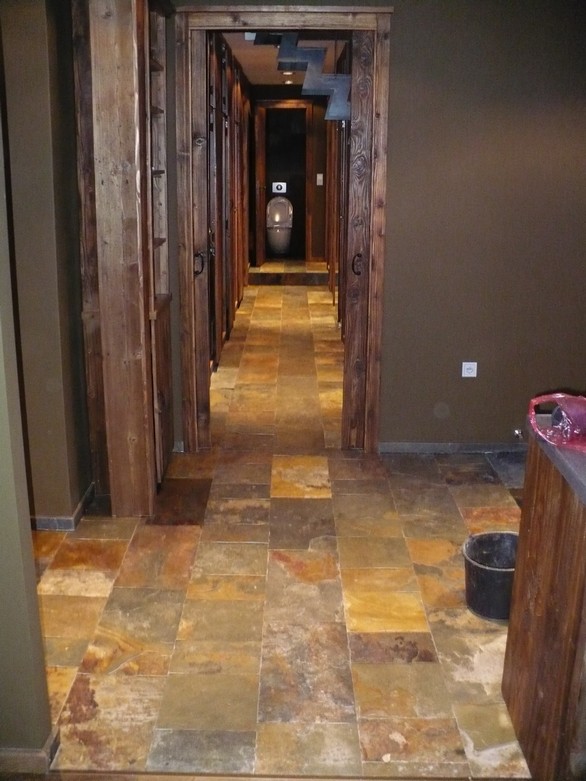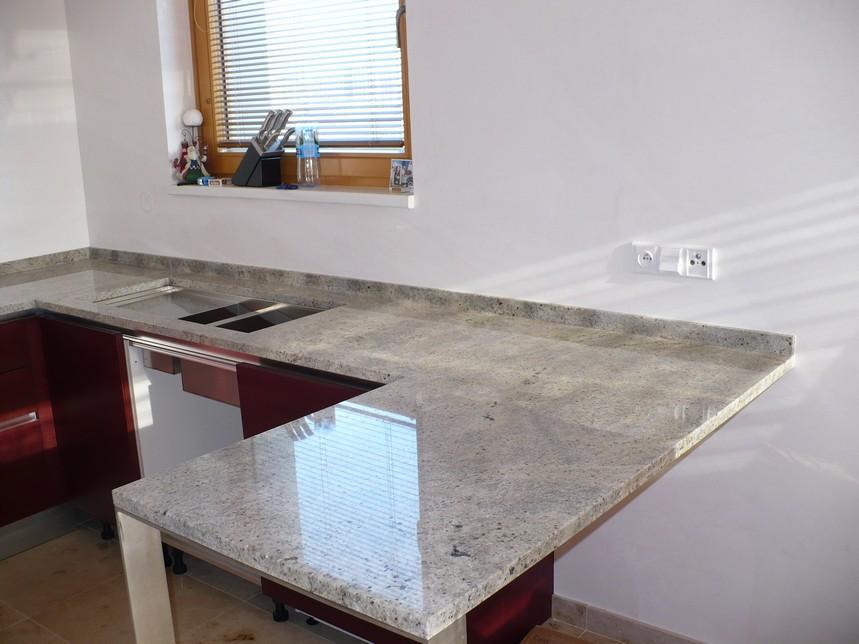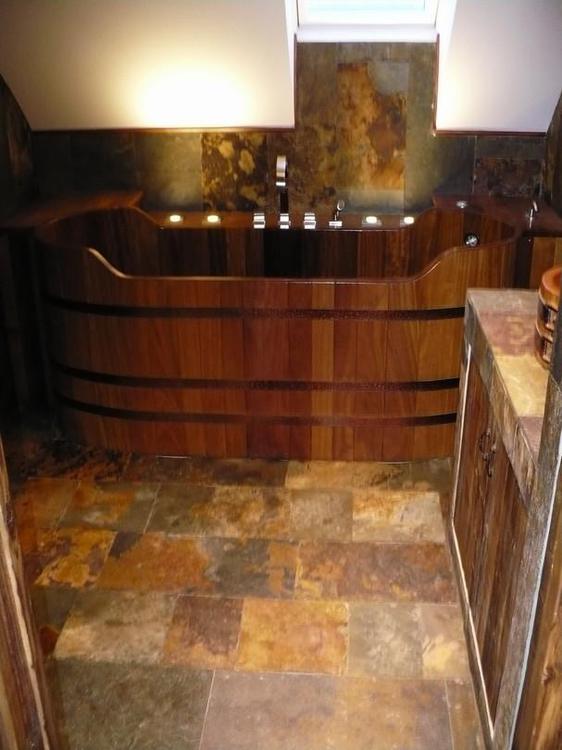Natural stone becomes a solitaire in the interior

As well as solid wood, natural stone always enlivens an apartment bringing a small part of nature there. Natural materials are highly recommended to combine not only to make rustic-looking architecture, but also trendy interiors and exteriors. What kinds of stone are suitable and where do they fit in interiors? How are natural stone surfaces treated?
Kitchen worktops and tiling behind them, window sills, stairs, washbasins, paving, facing of fireplaces and mantelpieces, but also facades, all this can be made of natural stone in interiors. The very term of natural stone says that if we use stone, we achieve a contact with nature and its evolution. A home full of plastic cannot have its natural charm.
The choice of many types of natural stone, its coloured surfaces, patterns and structures, as well as the surface treatment will provide the interior with natural, elegant and original look. Timelessness of natural stone is thus combined with its longevity.
Stone can be used in any room – in corridors, halls and hallways, kitchens, in bathrooms and toilets, in living rooms and bedrooms. In addition, it is suitable for any type of building, including interiors of houses as well as apartments in apartment buildings.
Marble, granite, travertine, sandstone, limestone, slate, marlstone, gneiss, porphyr, semi-precious stones and other types of stone find their place in interiors.




Surface treatment of natural stone
Natural stone can be, for example, chipped, cut, polished, matt, brushed and hammered. The appearance of a natural stone called ANTIK is also interesting. It should be added that it was not until the second half of the 19th century that surface of natural stone began to be perceived aesthetically. Until then, even stone statues had been plastered and painted. However, surface treatment of raw stone has been known since ancient times.
Stone surface treatment affects not only the appearance (aesthetic aspect) of a final product, but also physical properties stone: anti-slip, washability, resistance to dirt, protection against graffiti etc. Surface treatment affects the colour of stone. Obviously, a colour of a dry stone differs from that of a wet one too. In the production of stone slabs from large blocks, each type of surface is achieved by a specific process, using specific tools and chemicals added under the polishing discs. Any change in the established procedure will change the final appearance of the processed stone.




Rough surface treatment of stone is considered to be a kind of surface treatment with a difference of more than 2 mm between protrusions and dips. We distinguish between ground, scorched, sandblasted, hammered and other surfaces. In fact, it is impossible to employ the required surface treatment with all materials. For example, limestone and marble are prone to mechanical damage and therefore require finer handling as well as the use of different chemicals and machine tools. After the rough surface treatment, a stone has greyish shades. This is followed by the final surface treatment.
For example, antiqued stone with its appearance and properties is somewhere between cut and polished stone. Penetration increasing colourfulness of materials is also suitable, as well as the surface gloss (polished stone) without penetration. However, penetration intensifies colours even more and protects the stone better.




Source: www.ceskestavby.cz
